
Child Development
EYFS Development 40-60 Months: The Twilight Stage
‘Beyond the horizon of the place we lived when we were young,
In a world of magnets and miracles,
Our thoughts strayed constantly and without boundary … ‘
‘High Hopes’ – Pink Floyd1
Young children between 40 and 60 months have entered the final/twilight EYFS phase which will inexorably lead them towards the dizzy heights of ‘big school’. This is indeed a time of high hopes and great expectations, and as the Pink Floyd song quoted above – which focuses on the effect of transitions – similarly acknowledges, ‘desire and ambition’ are natural and familiar life forces driving us on ‘beyond the horizon’.
As children, teachers and parents are swept forward on this tide of progress, what is not always quite so apparent, and thus often overlooked, is that the next phase of education actually has very different goals, and very different methods of achieving them. This new world will contain much more direct instruction, and as Donaldson2 points out, the normal school-ready child will enter school with ‘his thinking … directed outwards on to the real, meaningful, shifting, distracting world’, only to find the goalposts have been moved:
‘What is going to be required for success in our educational system is that he should learn to turn language and thought in upon themselves. He must become able to direct his own thought processes in a thoughtful manner.’
Others too have noted that direct instruction, as Gopnik3 observes, ‘lets you get the right answers more quickly than you would otherwise’, which explains why such methods are extensively used to impart knowledge once formal education begins. Nevertheless, far from advocating a need to make ‘kindergartens and nurseries more like schools’, Gopnik is convinced that ‘very young children should be allowed to explore, inquire, play and discover’, and points out:
‘Perhaps direct instruction can help children learn specific facts and skills, but what about curiosity and creativity – abilities that are even more important for learning in the long run?’
Read more on Creative Development

Developmentally, our EYFS children between 40 and 60 months, mostly four-year-olds and ‘rising fives’, are very much part of a thrilling early-years world of ‘magnets and miracles’. Though children will inevitably graduate from this Elysian environment, educators and childcare professionals must be extremely wary of depriving them of its rich, once-in-a-lifetime benefits by replacing it with an inappropriate ‘school for babies’.
If you want to read more about starting school you may also find our Back to School Anxiety article useful.
Learning Approaches in the EYFS Twilight Stage
Though all this could be read as a nostalgic appeal to put off formal learning for another day, Gopnik’s rationale clearly explains that a typical four-year-old is surprisingly good at discovering smart solutions to problems. Even so, his brain has not yet evolved to the extent that he copes well with the very different requirements of ‘routinised learning’4 in school – defined as a process whereby ‘something already learned is made to be second nature, so as to perform a skill effortlessly and quickly.’ Supporting this assertion, a recent study with this age group, by Bonawitz5, found that ‘direct instruction made the children less curious and less likely to discover new information’. Work by Buchsbaum et al6 similarly concluded that when a researcher assumed the role of a teacher ‘children imitated her exactly’, whereas if the adult researcher was just scaffolding play in the background, children discovered ‘more intelligent and more novel’ solutions.
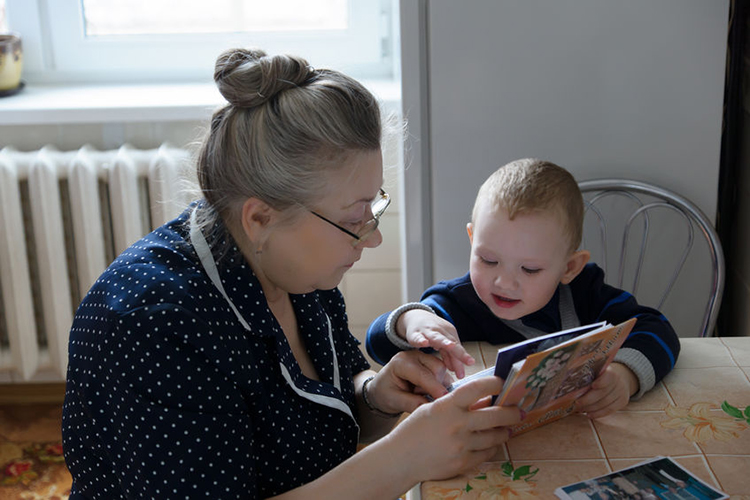
Those promoting early years learning should therefore beware of ‘advanced’ teaching and learning approaches which have more in common with Piaget’s7 third, ‘concrete operations’ stage. Most of their charges will actually be securely grounded in the intuitive sub-stage of the ‘pre-operational’ second phase, and whilst a ‘go-forward’ curriculum may impress some schools and parents, it risks arresting holistic cognitive development at a time when children’s brains are ‘more connected, more flexible and more active than they ever will be again.’
As always, the onus falls upon teachers and childcare professionals to determine the level of their children’s thinking and plan activities accordingly. Here, Fontana8 advises:
‘… children’s powers of conceptualization are linked closely to their physical activity … in an … exclusively teacher-orientated environment, children are therefore starved of the practical experience which serves as the raw material for their thinking.’
Task-monitoring provides essential feedback too because, as Fontana notes, ‘errors may … simply be evidence of children’s attempts to make sense of material in terms of their existing cognitive structures.’
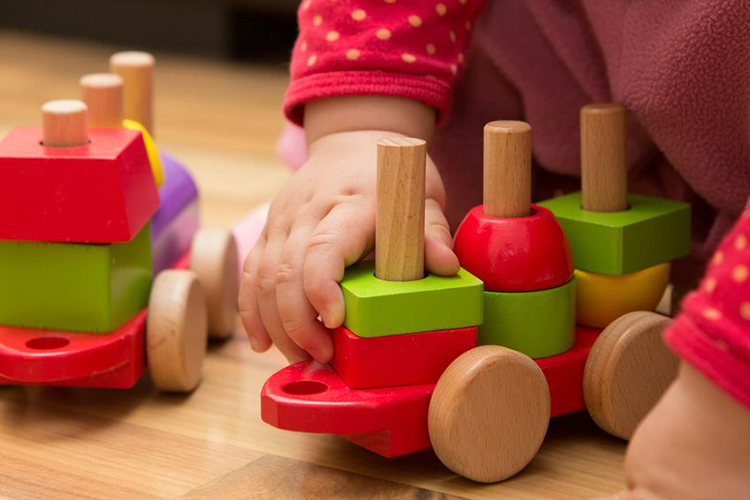
EYFS Social Discovery
Discussing the characteristics of play, Sandström9 would expect to find ‘rule-making’ a strong feature of children’s play at this EYFS phase, with ‘constructional play’ becoming common around the age of 4½. One important attribute which distinguishes constructional play from other forms of imaginative play is that it seems to be driven by results and outcomes, making it much more than amusement and entertainment. Rule-making, of course, implies ‘co-operative play’ which also appears at this stage of development, and Lev Vygotsky’s10 theory also emphasises the value of social learning – which is why teachers often find children learning in pairs are often motivated to complete tasks which would be daunting for an individual child.
With motivation being a key component of learner achievement, it must still be remembered that not all children in an early years group necessarily enjoy the same life chances, and that this may inevitably impact upon their ability to fulfil their potential. Maslow’s11 theory of motivation addresses this issue by describing a notional hierarchy of needs with the requirement for survival and security at the most basic level, and the need for self-esteem and self-actualisation only appearing at the topmost levels once the ‘bare necessities’ lower down have been met. Researching in a US context, Maslow found that whilst 85% of Americans reported being able to satisy life’s basic needs, only 10% had satisfactorily met their self-actualisation expectations. One implication for teachers is that, when addressing a young child-learner’s difficulties, the full context must always be explored and assessed.
EYFS Developmental Milestones – Download Free eBook
Erosion of Early Years
Many educators believe that, to fully prepare our children for modern-world challenges, it is vital we should give free rein to their outstanding talent for spontaneous, innovative learning, and continue to encourage their thoughts to ‘stray constantly and without boundary’1. Supporting this perspective, a 2013 report by the Professional Association for Childcare and Early Years (Pacey)12 voices concern that:
‘… the importance of (learning through) play in the early years is being neglected and risks being eroded even further by current government proposals …’
For Pacey and others, the contention is that, far from respecting, supporting and promoting this unique golden age of child development, when – as many adults will recall – ‘the grass was greener, the light was brighter’1, this unwarranted erosion may be leading directly to the creeping ‘schoolification’ of the UK’s early years provision.


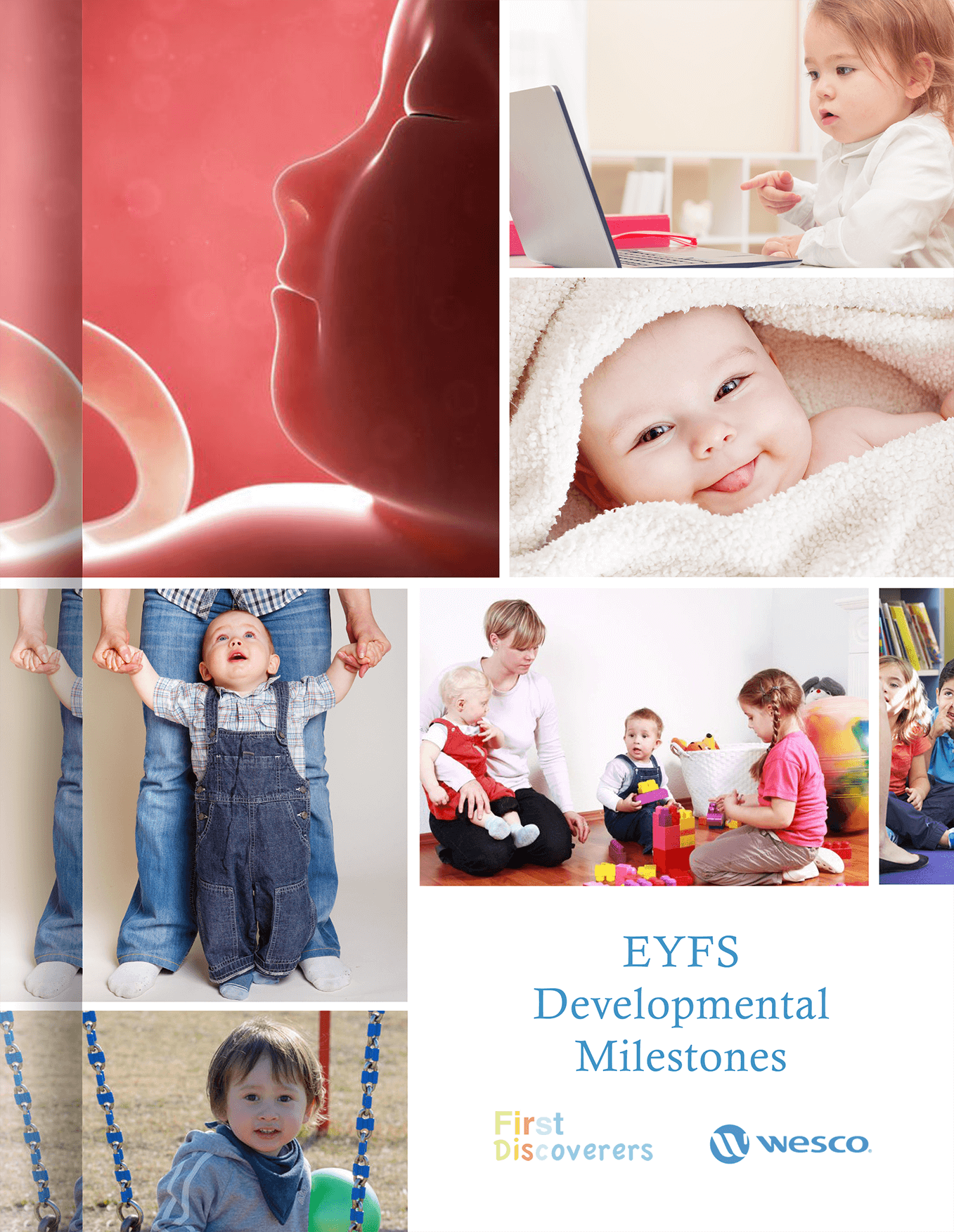

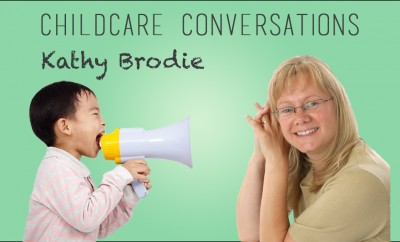
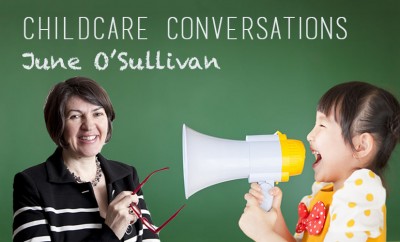

You must be logged in to post a comment Login